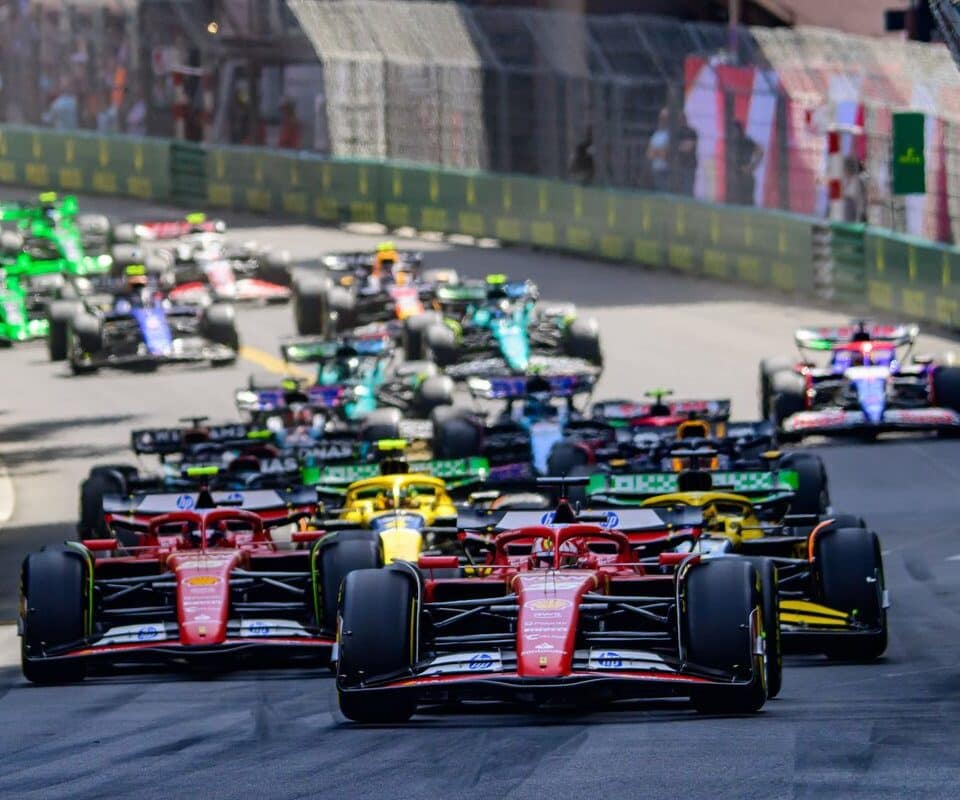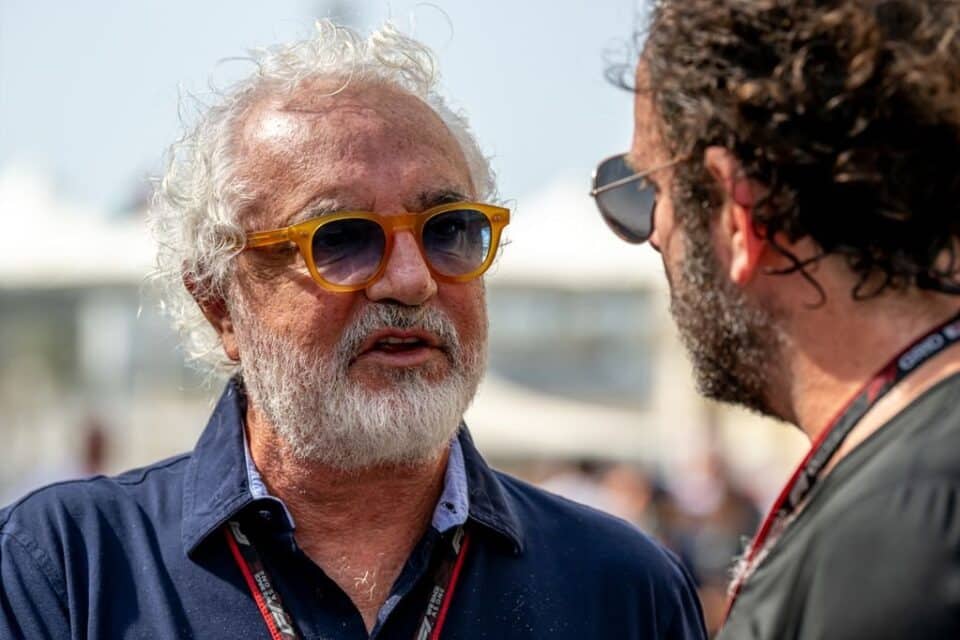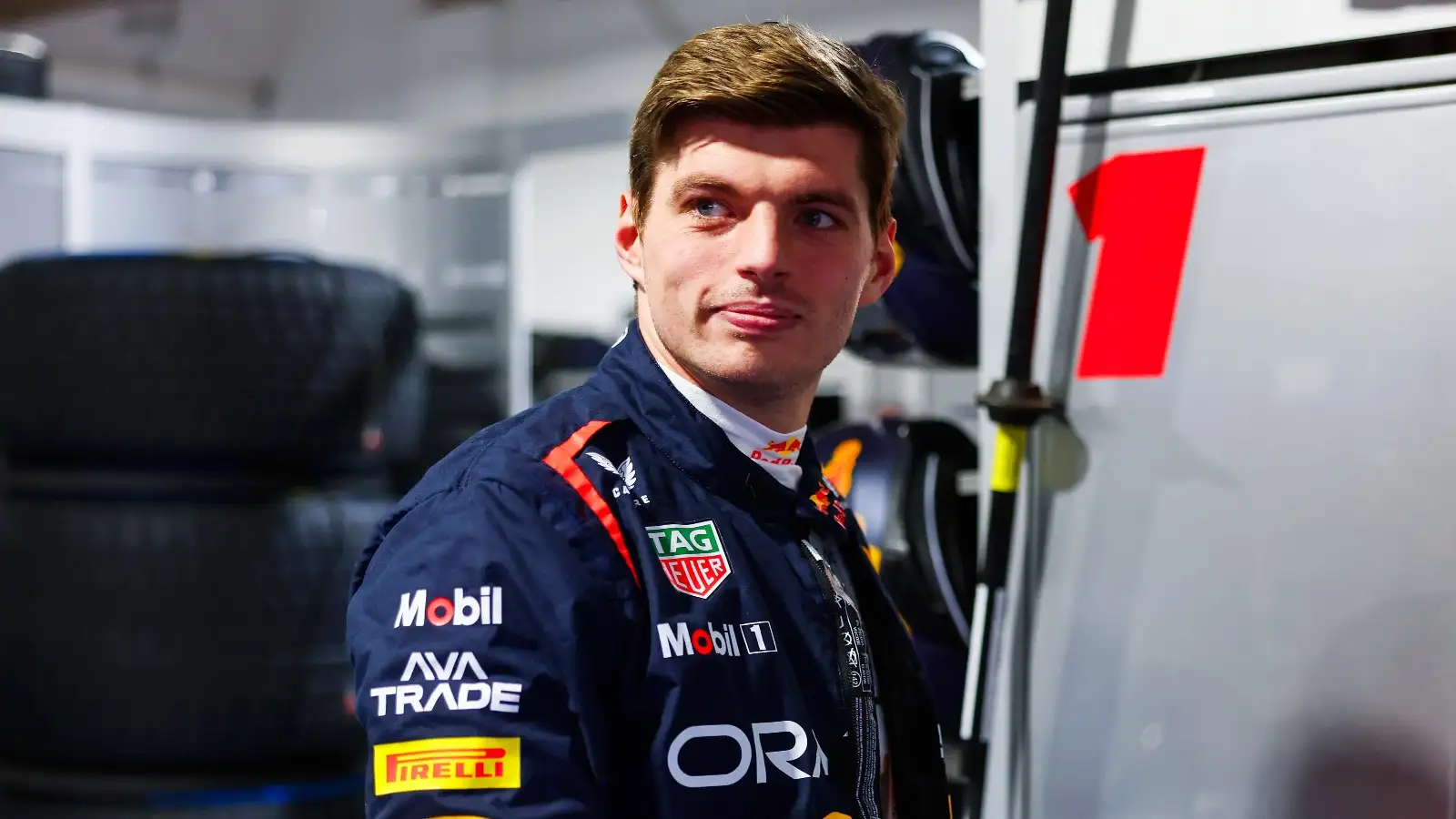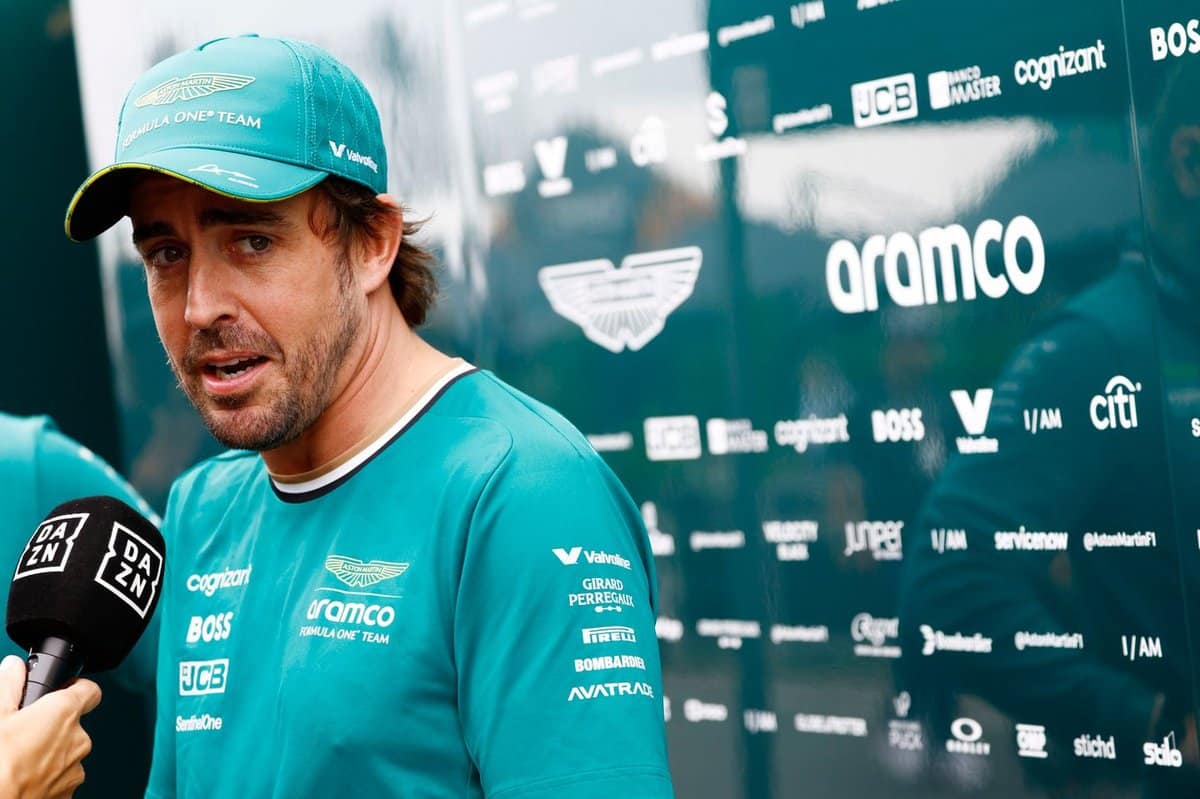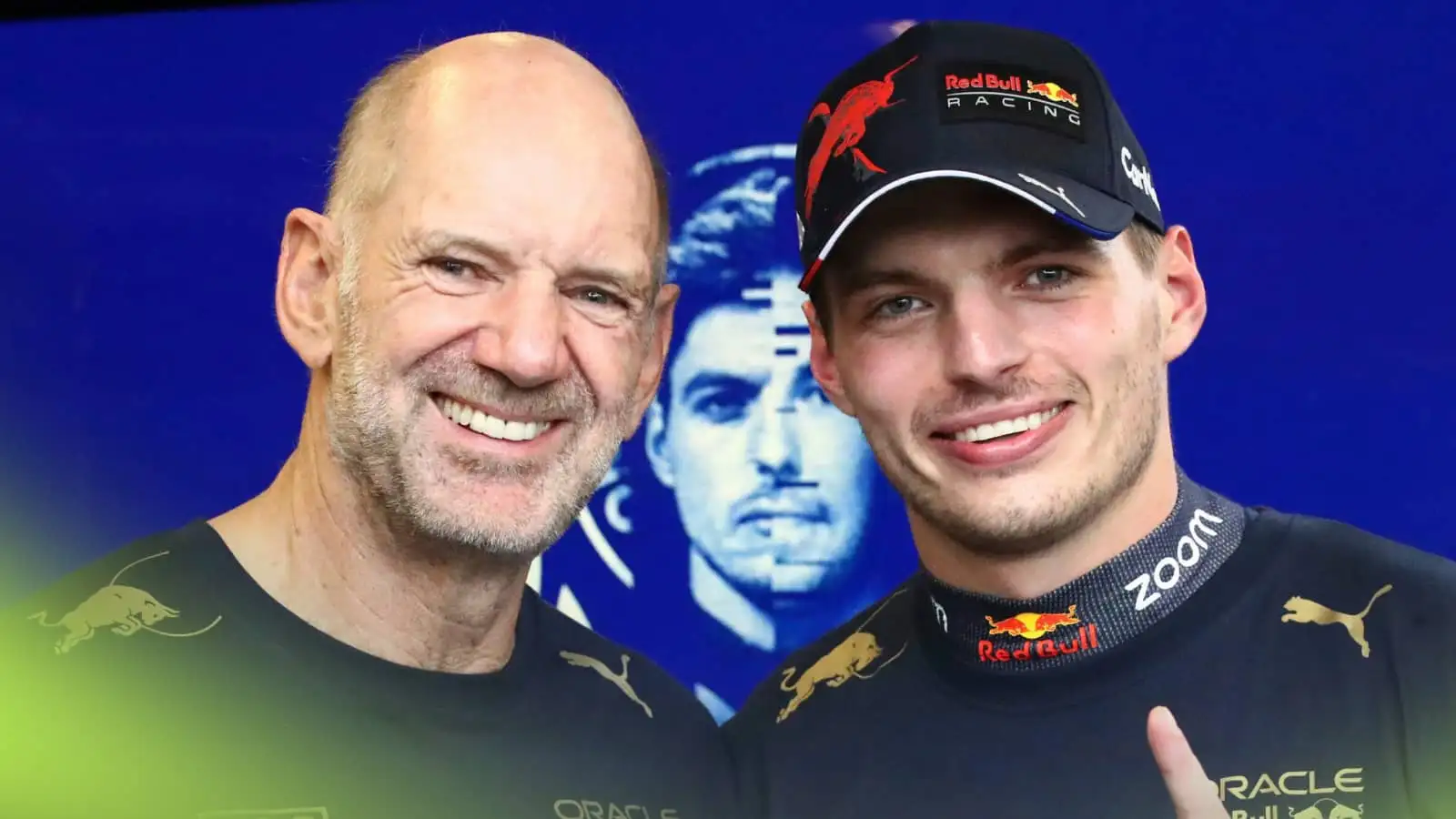Formula 1 has set its sights on making the 2025 season one where every car on the grid is easily distinguishable from its competitors. The move comes as fans and teams express concerns over the current similarities between certain cars, especially during night races.
Feedback from early-season TV broadcasts, particularly during night races, has highlighted the challenge of differentiating some cars from various angles. Notably, the Aston Martin and Mercedes liveries, as well as the Williams and Red Bull cars, have been difficult to tell apart at high speeds. This has been exacerbated by teams reducing paint use to save weight, leading to an increase in unpainted black carbon on the cars.
Sources reveal that discussions have begun to address this issue for the next season, aiming for greater diversity in car liveries. However, the complexity lies in balancing the need for distinguishable cars with avoiding strict regulatory impositions. FIA’s head of single-seater matters, Nikolas Tombazis, mentioned that this topic will be further debated in the next F1 Commission meeting.
“As always in F1, it’s a bit more complicated than it maybe seems at first glance,” Tombazis commented. He explained that while reducing paint helps keep the weight down, it results in too many black sections on the cars. Additionally, similar color schemes among teams contribute to the confusion.
Tombazis believes the best approach is a collaborative one, where teams communicate to ensure their color schemes don’t overlap too much. “We need to get to some process where teams in some way or other communicate with each other and say: ‘Well, if your car is blue here, mine will not be blue there.’ Or something like that. It’s not a regulatory process. We don’t want to be making regulations about liveries as the FIA, but we do want cars to be distinguishable,” he explained.
The concern doesn’t stop at car liveries, as it’s also becoming harder to identify drivers within the same team. Changes in helmet design rules, coupled with the visibility issue caused by the halo, mean fans struggle to tell drivers apart. Currently, the only mandated difference between two cars on the same team is a color flash on the onboard cameras, with one car required to have a predominantly fluorescent yellow camera.
“It used to be, of course, drivers had more recognizable helmets in the olden days because designs were simpler and consistent throughout their careers,” Tombazis noted. “Now, with the allowance for helmet design swaps and complex designs, plus the halo obstructing views, it’s much harder to identify drivers. We need a way to make it easy for people to distinguish between Russell and Hamilton, for example.”
Just like the livery issue, the FIA prefers that teams voluntarily address these concerns rather than being compelled by new regulations. “It’s not something we want to put in a regulation and then report somebody to the stewards because we don’t like their color choice. We want to reach a stage where teams recognize the common good in making their cars and drivers distinguishable,” Tombazis said.
The push for unique liveries and distinguishable drivers in Formula 1 aims to improve the viewer experience without imposing strict regulations. It remains a topic for ongoing discussion among the teams and will be revisited in future F1 Commission meetings.
Source: Motorsport
